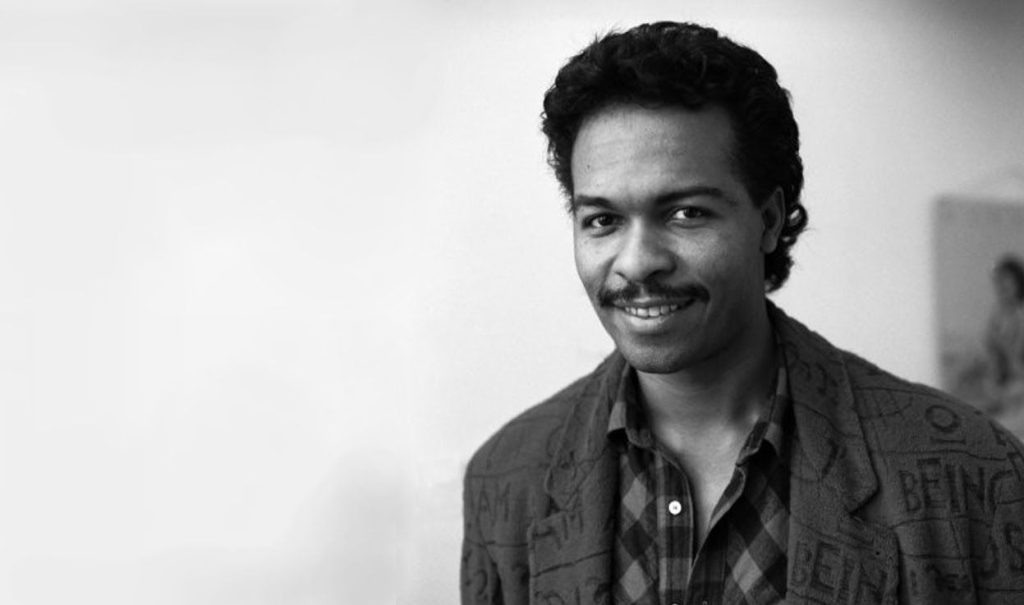
A Heartfelt Exploration of Temptation and Regret
“The Other Woman” by Ray Parker Jr., released in 1982, stands as a poignant narrative exploring the complexities of human relationships and the moral dilemmas that accompany them. This soul-infused track marked a significant chapter in Parker’s career, etching its place in the annals of music history with its relatable lyrics and compelling melody. Upon its release, the song climbed to impressive heights on the charts, reaching No. 4 on the Billboard Hot 100, a testament to its widespread appeal and the universal themes it touches upon.
In an era marked by vibrant musical experimentation and cultural shifts, Ray Parker Jr. managed to capture the essence of temptation and inner conflict in “The Other Woman.” This song was not merely another chart-topping hit; it was a mirror reflecting the struggles of fidelity and desire that many listeners found resonant with their own life experiences. With his smooth vocals and infectious guitar riffs, Parker delivered a story that was both personal and universal, drawing listeners into a narrative that was as compelling as it was cautionary.
The story behind “The Other Woman” is one steeped in both personal insight and broader cultural commentary. Ray Parker Jr., already an accomplished session musician and songwriter, embarked on a solo career that would see him delve deeper into themes of love, desire, and moral ambiguity. The song emerges from Parker’s astute observations of relationships around him, coupled with his own introspections. It serves as a narrative confession from a man caught between commitment and allure—a theme that resonates deeply with anyone who has ever faced similar crossroads.
Lyrically, “The Other Woman” explores the protagonist’s inner turmoil as he grapples with his attraction to another woman outside his committed relationship. The narrative unfolds with honesty and vulnerability, depicting the internal battle between loyalty and infidelity. It is this raw emotional depth that allows listeners to connect with the song on a profound level. The lyrics are both a cautionary tale and an empathetic exploration of human frailty—reminding us all of the delicate balance we tread in our personal lives.
Musically, the song showcases Ray Parker Jr.’s distinctive style—a blend of R&B, pop, and rock elements that create an infectious groove while maintaining an air of sophistication. The melody is catchy yet nuanced, perfectly complementing the weighty themes explored in the lyrics. Parker’s guitar work adds an additional layer of emotion to the track, underscoring moments of tension and release as the story unfolds.
“The Other Woman” is more than just a song; it is an experience that invites listeners to reflect on their own choices and relationships. It speaks to the universal human experience of temptation—the thrill it brings and the potential consequences it bears. For many older listeners, this song may evoke memories of past loves or moments when they too stood at similar crossroads, making decisions that shaped their lives.
The lasting impact of “The Other Woman” lies in its ability to transcend time. Though rooted in the early 1980s musical landscape, its themes remain relevant today, continuing to resonate with new generations who discover its timeless message through streaming platforms or nostalgic radio broadcasts. As we listen to Ray Parker Jr.’s soulful delivery and contemplate the narrative he weaves, we are reminded of our shared humanity—the joys, sorrows, mistakes, and redemptions that define us all.
In conclusion, “The Other Woman” is a masterful blend of storytelling and musical artistry that captures the complexities of desire with grace and empathy. It remains a standout track in Ray Parker Jr.’s illustrious career, embodying both his musical prowess and his keen understanding of the human condition. For those revisiting this classic or discovering it anew, it offers not only entertainment but also an opportunity for reflection—a chance to look back on one’s own journey through life with all its twists and turns.